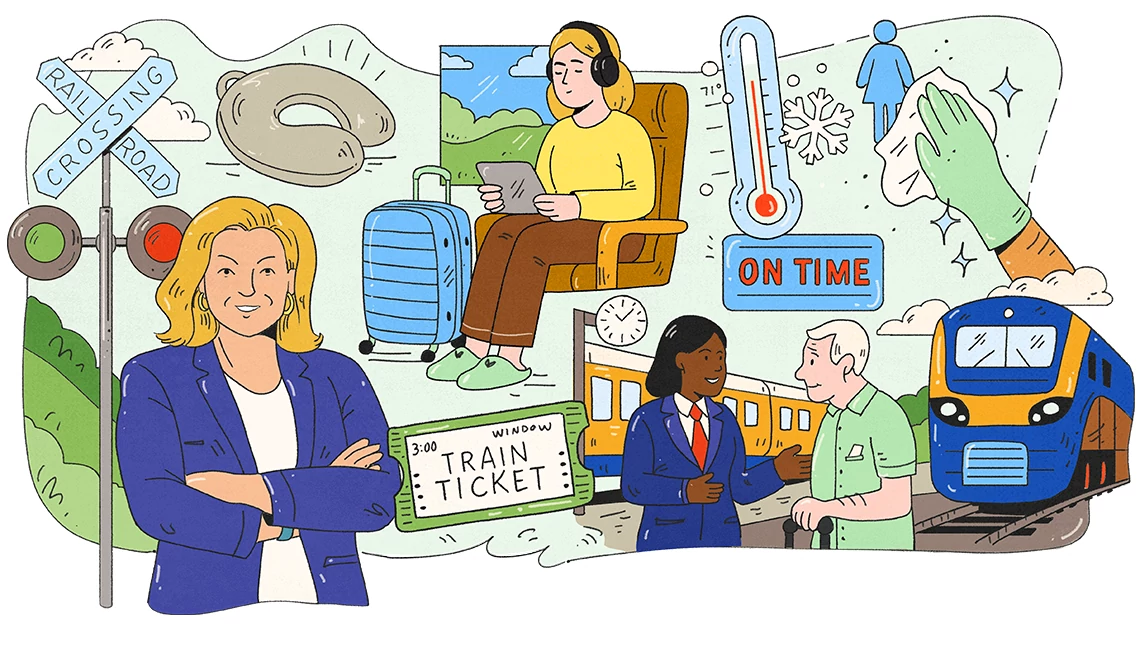AARP Hearing Center
Background
Home energy costs are a major expense for U.S. households. Price increases have a greater impact on older consumers, who are more likely to be on fixed incomes. Too often, older adults with low incomes must choose between cutting back on energy expenditures and reducing spending for other necessities. They may end up risking their health or comfort.
The Low Income Home Energy Assistance Program helps households with low incomes pay for their heating and cooling costs. The U.S. Department of Health and Human Services administers the program in coordination with the states. In general, this program has insufficient funding and serves no more than 30 percent of eligible households nationwide.
The Weatherization Assistance Program helps households with low incomes make their homes more energy-efficient. It also helps these households reduce energy expenditures and improve health and safety. This program is implemented by the U.S. Department of Energy with annual grants allocated to states and territories.
Community-based nonprofit or local government agencies typically operate both programs. Preference is given to households with low incomes that are particularly at risk of adverse health impacts due to a loss of heating or cooling, such as those over age 60.
Many states and municipal utilities also sponsor bill-payment assistance and weatherization programs, often funded through utility rates. These programs are aimed primarily at electric and natural gas services. Their scope and scale vary widely.
Energy assistance programs are not funded enough to assist all those who qualify. As a result, they serve only a small percentage of eligible households. Households with low incomes that do not receive subsidies can accrue past-due amounts, which place them at risk of disconnection. Public health, safety, and welfare are compromised when customers are unable to pay energy bills, and utilities respond by disconnecting service.
Many home energy assistance programs provide the same level of assistance to all qualifying households, regardless of income level. Some programs, however, target assistance to provide greater subsidies for households with the lowest incomes. For example, some states use income tiers to determine the discount provided. Households with the lowest incomes receive the highest discounts. Programs like these are more effective at ensuring people can afford essential energy services, preventing disruptions from non-payment.
ENERGY AFFORDABILITY: Policy
ENERGY AFFORDABILITY: Policy
Energy assistance programs
Policymakers should fully fund energy assistance programs for customers with low incomes. All households should be able to afford their essential energy needs. Customers should automatically be enrolled in energy assistance programs when they enroll in other income-based financial assistance programs with similar qualifying criteria.
Programs should be designed to better target energy assistance based on household income.
Congress should appropriate enough funding for the Low Income Home Energy Assistance Program (LIHEAP) and the Weatherization Assistance Program (WAP) to enable all qualified households to receive assistance. It should promptly pass supplemental emergency appropriations to replenish LIHEAP when funds run out. States should supplement LIHEAP and WAP if needed to ensure full funding.
States should create and fully fund energy bill-payment assistance programs for customers with low incomes. They should:
- design programs to better target assistance based on household income.
- streamline enrollment in energy assistance programs. They should automatically enroll customers in energy assistance programs when they enroll in other income-based financial assistance programs with similar qualifying criteria.
- strengthen outreach and education programs.
Policymakers should publish an annual study to document the energy assistance needs of consumers with low incomes.
Universal service for energy
State policymakers should establish a definition of “universal service” for the energy industry that is similar to the one in the Telecommunications Act of 1996. It should explicitly state that rates must be just, reasonable, and affordable. Energy assistance programs should be available to households with low incomes.































































